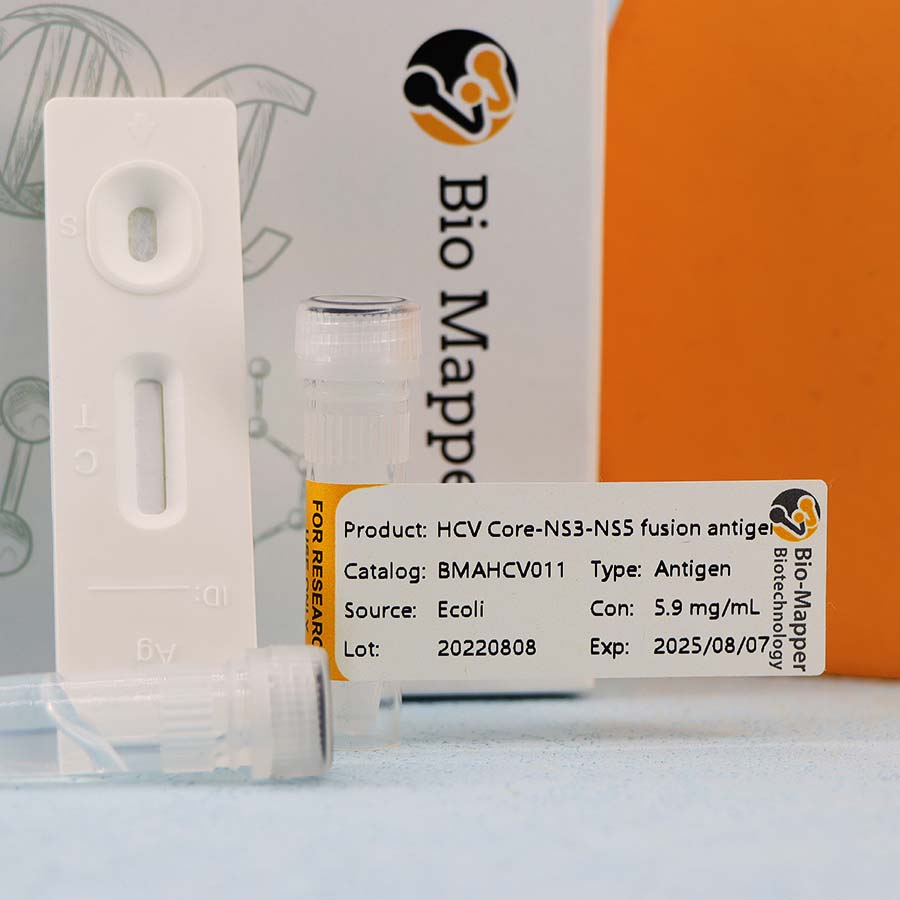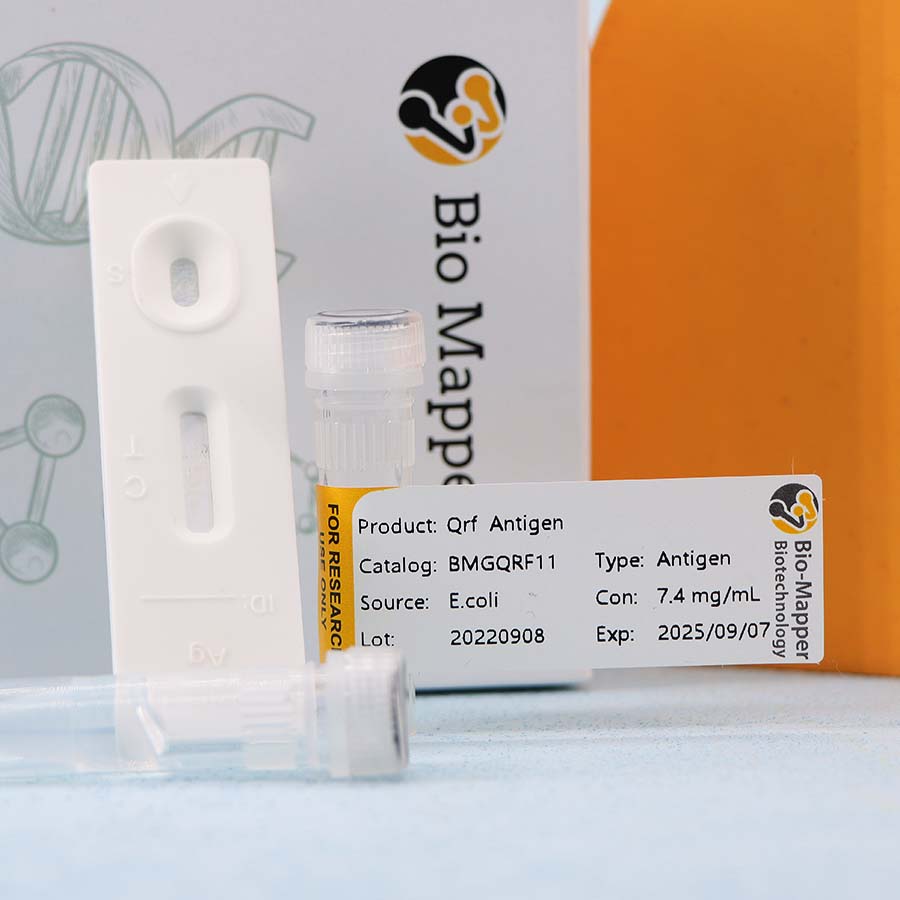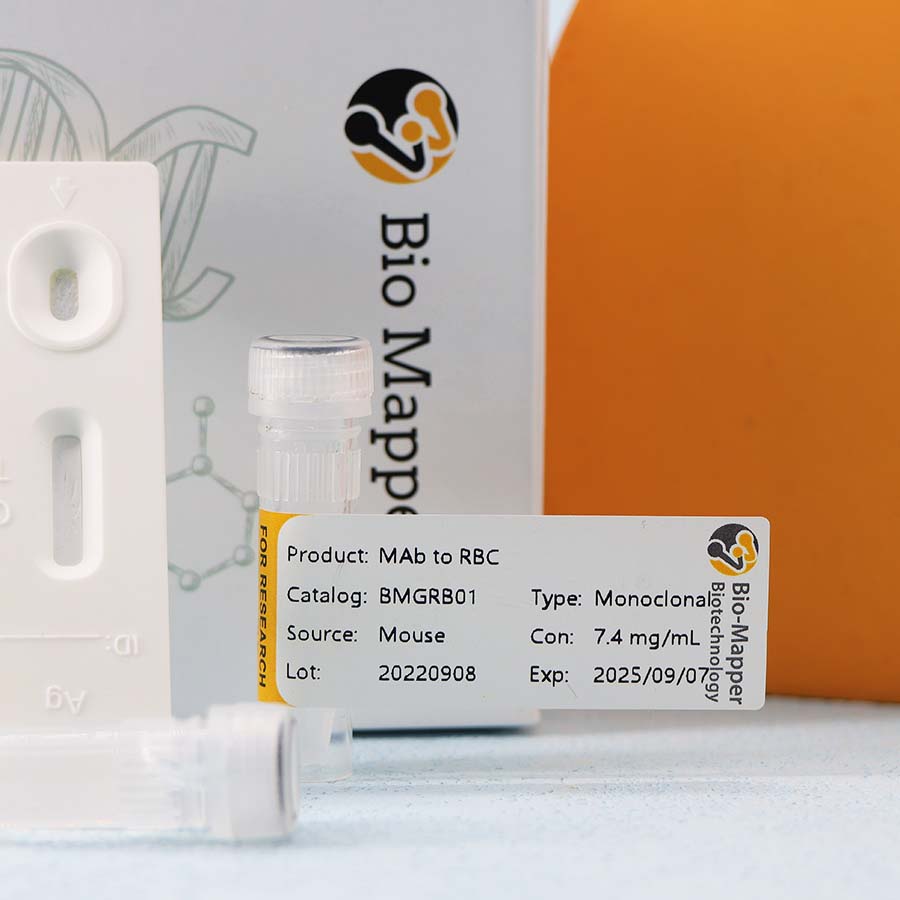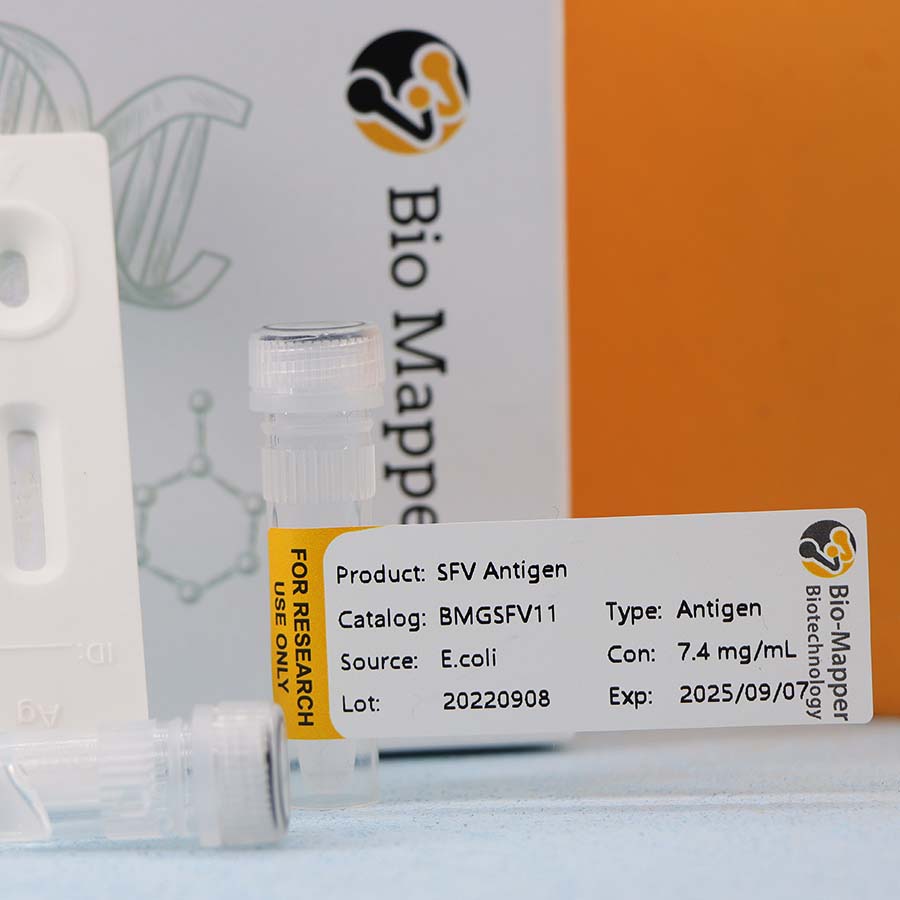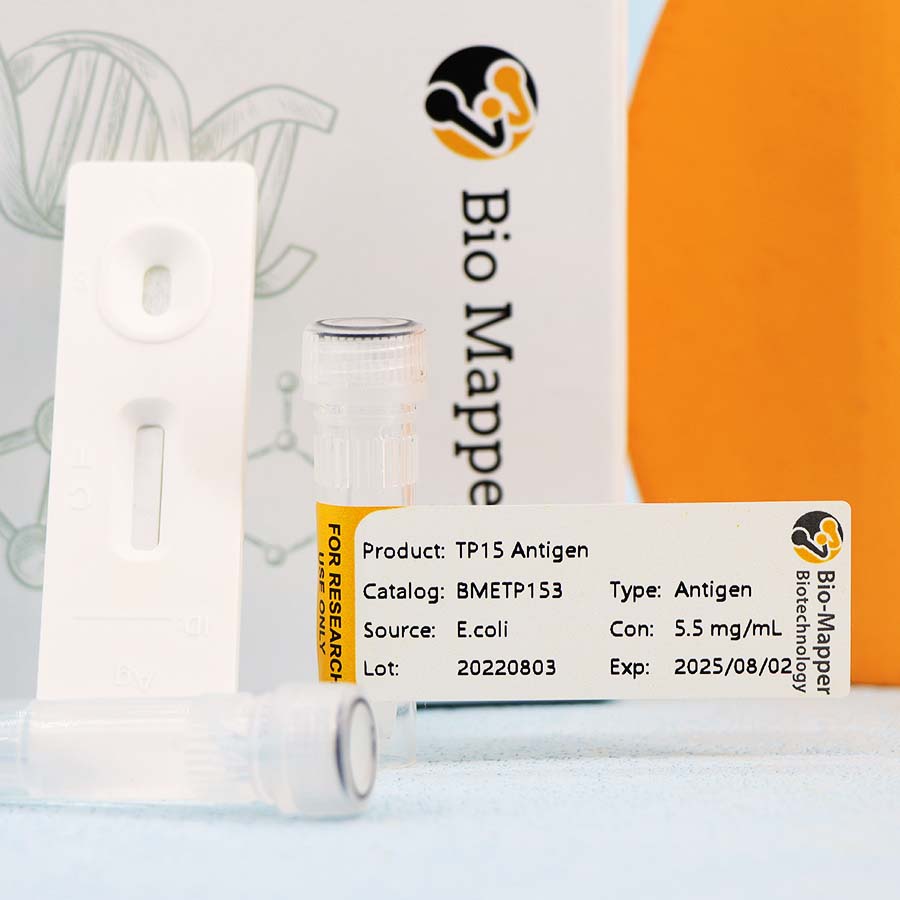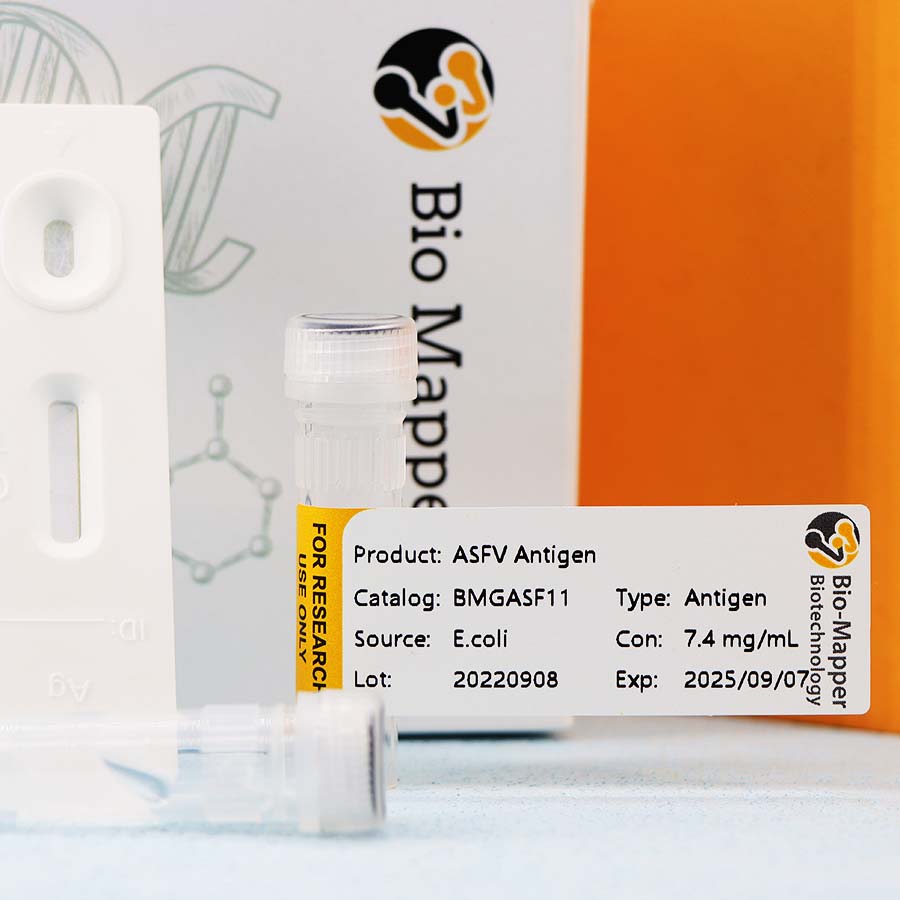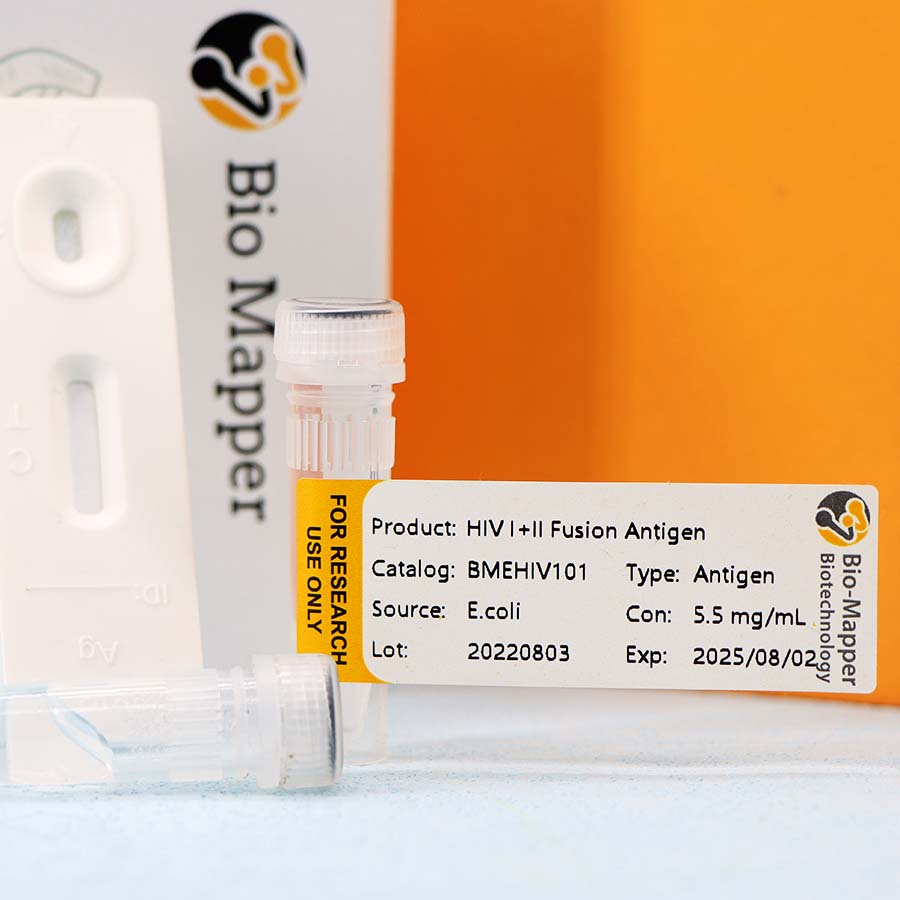Basic information
| Product Name | Catalog | Type | Host/Source | Usage | Applications | COA |
| HCV Core-NS3-NS5 fusion antigen | BMAHCV011 | Antigen | Ecoli | Capture/Conjugate | ELISA, CLIA, WB | Download |
| HCV Core-NS3 fusion antigen | BMAHCV021 | Antigen | Ecoli | Capture/Conjugate | ELISA, CLIA, WB | Download |
| HCV NS3-NS5 fusion antigen | BMAHCV031 | Antigen | Ecoli | Capture/Conjugate | ELISA, CLIA, WB | Download |
| HCV Core antigen | BMAHCV00C | Antigen | Ecoli | Capture/Conjugate | ELISA, CLIA, WB | Download |
| HCV NS3 antigen | BMAHCV03B | Antigen | Ecoli | Capture/Conjugate | ELISA, CLIA, WB | Download |
| HCV NS3 antigen | BMAHCV03A | Antigen | Ecoli | Capture/Conjugate | ELISA, CLIA, WB | Download |
| HCV NS5 antigen | BMAHCV005 | Antigen | Ecoli | Capture/Conjugate | ELISA, CLIA, WB | Download |
The main infectious sources of hepatitis C are acute clinical type and asymptomatic subclinical patients, chronic patients and virus carriers. The blood of the general patient is infectious 12 days before the onset of the disease, and can carry the virus for more than 12 years. HCV is mainly transmitted from blood sources. In foreign countries, 30-90% of post transfusion hepatitis is hepatitis C, and in China, hepatitis C accounts for 1/3 of post transfusion hepatitis. In addition, other methods can be used, such as mother to child vertical transmission, family daily contact and sexual transmission.
